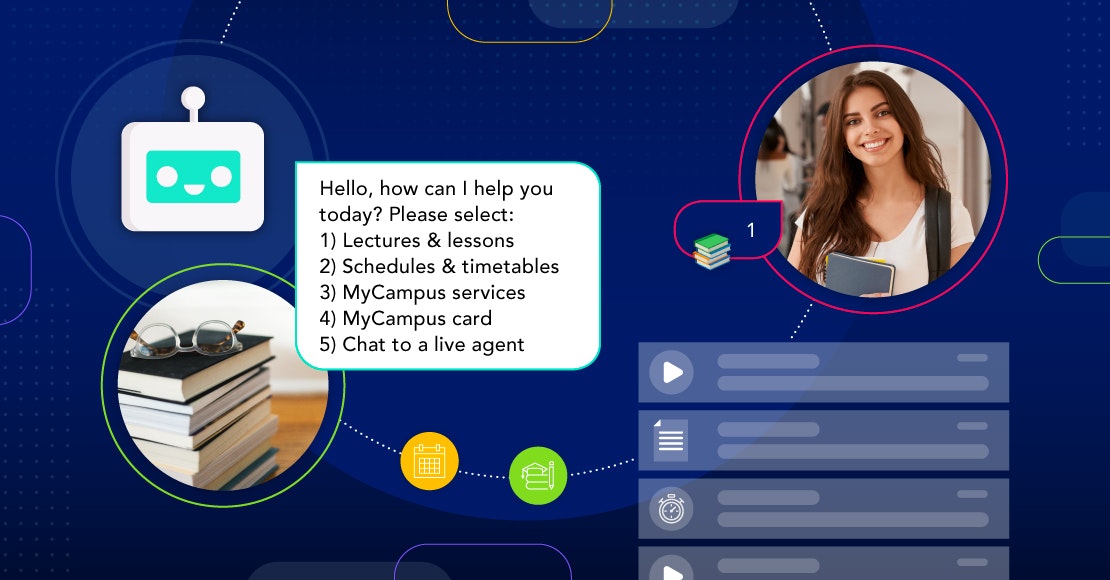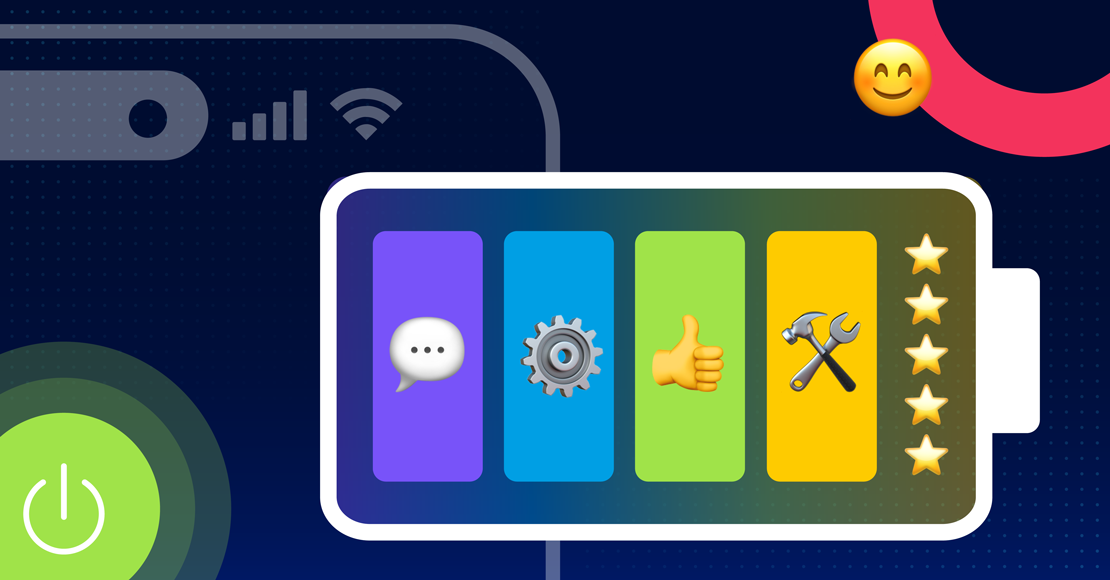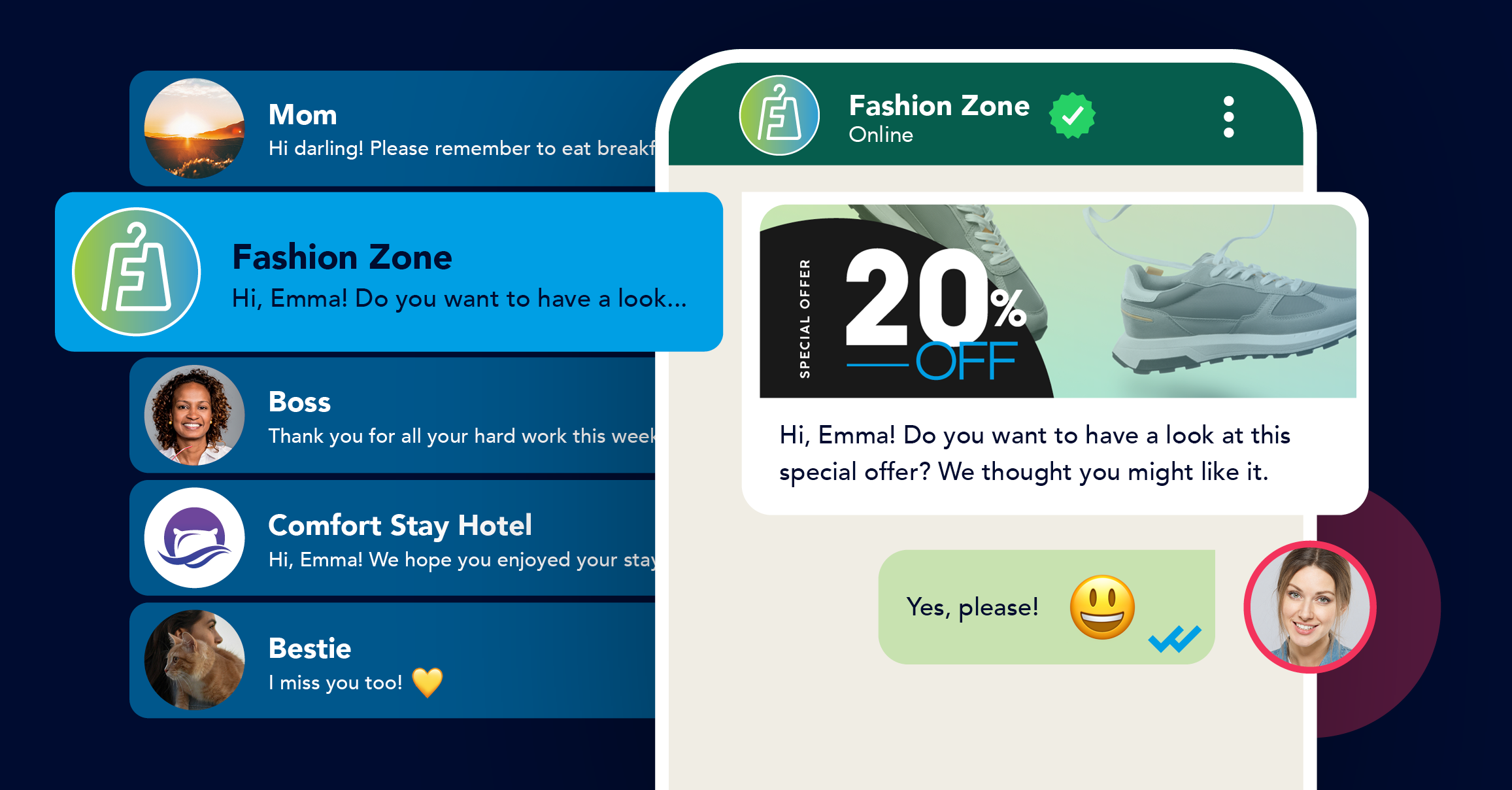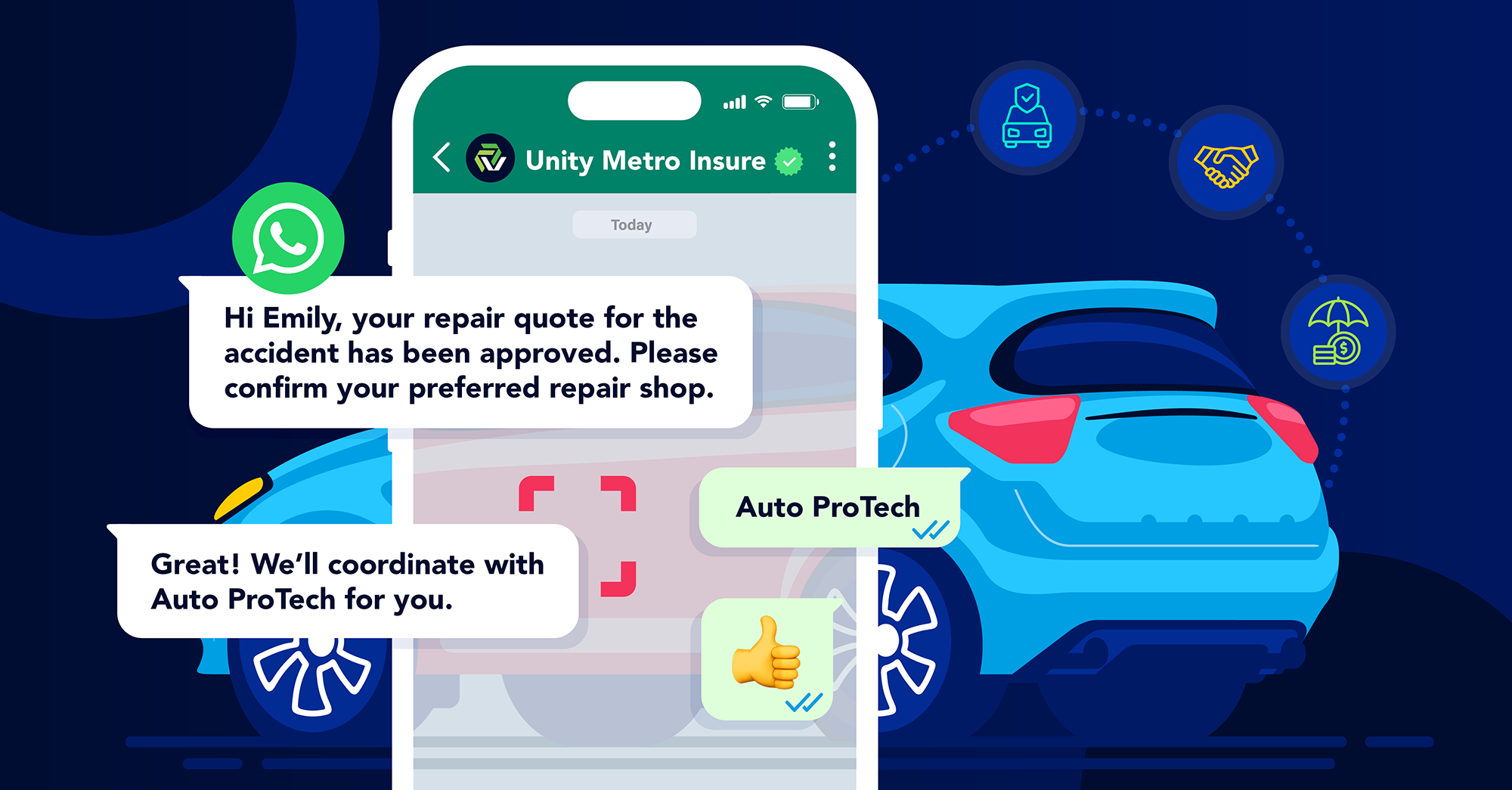
“Even before COVID-19, there was already high growth and adoption in education technology, with global edtech investments reaching US$18.66 billion in 2019 and the overall market for online education projected to reach $350 billion by 2025. Whether it is language apps, virtual tutoring, video conferencing tools, or online learning software, there has been a significant surge in usage since COVID-19.” – World Economic Forum
The traditional educational model was already proving insufficient prior to 2020, with the gap widening between the developed and developing worlds in terms of accessibility. The forced remote learning during the pandemic precipitated a necessary shift into the fourth industrial revolution, making education much more accessible, even in rural locations.
Even with the return to our ‘new normal’, many are opting for either a remote or hybrid educational model that relies on technology to keep connected. To make this process even more seamless where teachers and lecturers aren’t readily available, we’ve seen the interesting emergence of education chatbots for primary, secondary, and tertiary institutions. Here’s a look at how they’re not only keeping students engaged but driving communication in the education sector.
What are education chatbots?
Chatbots, which are powered by artificial intelligence (AI), have been used by businesses for a number of years to provide 24/7 customer service and to facilitate more seamless communication. Using sophisticated natural language processing, chatbots can engage with humans in an almost seamless manner, providing valuable information in real time. Now, educational institutions and educators are leveraging the power of these AI-powered devices to communicate with students, providing vital teacher support for large-scale education.
What are the uses of education chatbots?
Chatbots for schools and chatbots for universities have been making substantial inroads the past few years, with these innovative technological solutions proving useful in driving communication. Here’s a look at some of the use cases for chatbots in education.
- Chatbots provide lessons and lectures
Using WhatsApp or another popular messaging service, chatbots can engage with students, sharing lesson or lecture material related to the current curriculum topic. This means that there’s no longer a need to attend every lecture or lesson in person, but rather save on time and money in travel with the lesson outlines supplied via the chatbot.
- Chatbots disseminate material
Not only does the chatbot supply the lecture or course outline, this multimedia platform can also communicate images, audio, videos, and document files so that teachers and lecturers can share course material with students. This can include instructional videos, informative graphics, quizzes, and tests.
- Send work via chatbots
As well as disseminating material, chatbots are also able to facilitate the transfer of students’ work through to the teacher or lecturer. This could be video orals or presentations, document-based assignments or graphic posters and other visual presentations.
- Chatbots provide student feedback
An important part of the learning process is the feedback received from the teacher or lecturer on the level of work submitted. Fortunately, chatbots can also facilitate the transfer of feedback to the student with resubmissions and follow-ups permitted. Likewise, students can provide teachers and lecturers with valuable feedback via surveys and recommendations. These can be used to further improve the course or lessons for an improved learning experience.
- Chatbots provide administrative support
Another fantastic use of chatbots for education purposes is the facilitation of administrative duties at a larger scale. Using WhatsApp API, institutions will be able to communicate vital registration or course information with thousands of students across the globe, without this odious task falling on employees. Information related to the institution’s rules and regulation, Covid-19 policies, health and safety, admissions process, courses, scholarships, fee structure, and more can be communicated using the education chatbot. These chatbots can also communicate ever-changing information such as upcoming events or a change in submission deadlines.
What are the benefits of education chatbots?
“Some research shows that on average, students retain 25-60% more material when learning online compared to only 8-10% in a classroom. This is mostly due to the students being able to learn faster online; e-learning requires 40-60% less time to learn than in a traditional classroom setting because students can learn at their own pace, going back and re-reading, skipping, or accelerating through concepts as they choose.” - World Economic Forum
1. Chatbots for student engagement
“When it comes to chatbots, 60% of millennials have used them, 70% of those report positive experiences, and of the millennials who have not used them, more than half say they are interested in using them.” - Forbes
Chatbots via WhatsApp and other messaging platforms are incredibly popular, not only because they bridge the gap in communication, but they’re readily available on any smartphone. Millennials are incredibly comfortable with this form of technology, which makes student engagement that much higher. Because they’re more likely to engage on this platform, schools and tertiary institutions are going to benefit from improved progress across the board.
2. Chatbots for easier access
“According to Statista, the current number of smartphone users in the world today is 6.648 billion, and this means 83.72% of the world’s population owns a smartphone. This figure is up considerably from 2016 when there were only 3.668 billion users, 49.40% of that year’s global population.” – Bank My Cell
Smartphones are an incredibly prevalent device, even in developing countries where educational opportunities are limited. There’s no need for expensive laptops or tablets with chatbots, they’re able to connect with students anywhere in the world via their smartphones, making education that much more accessible.
3. Chatbots as teacher assistants
AI-powered chatbots are making teachers lives much easier by acting as virtual assistants and taking over the repetitive and mundane tasks of the job. This means that teachers are free to focus on building their relationship with students, and work on improved course content for a quality educational experience.
4. Chatbots for instant responses
Students have part-time work responsibilities and might only get to an assignment in the middle of the night. No lecturer or teacher is expected to be working 24/7, but a chatbot can provide instant support at all hours.
5. Chatbots require minimal maintenance
When you’re working with a chat provider such as Clickatell, you don’t have to worry about the integration or maintenance of chatbots, this is all done by the provider. Your institution benefits from ongoing customer support and a seamless communication platform.
To find out more about chatbots for universities, chatbots for schools and education chatbots in general, get in touch with Clickatell today.
Step into the future of business messaging.
SMS and two-way channels, automation, call center integration, payments - do it all with Clickatell's Chat Commerce platform.








